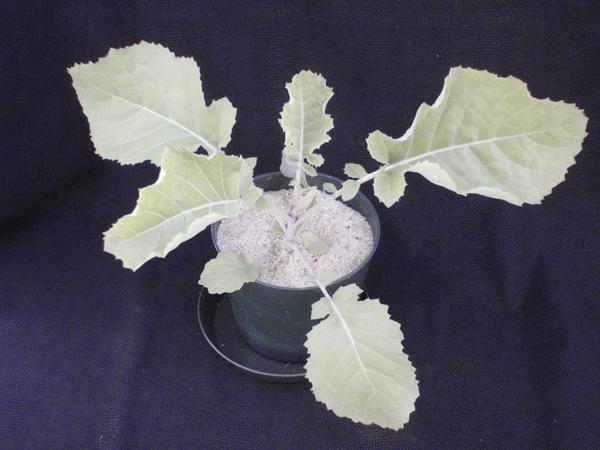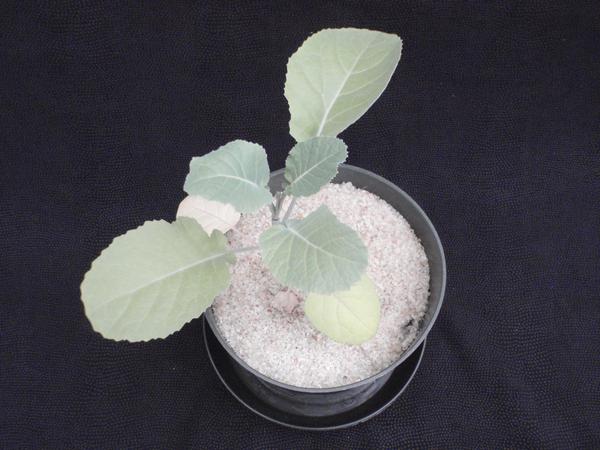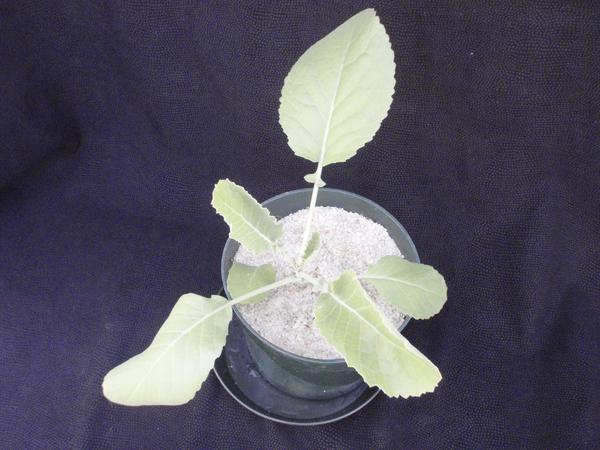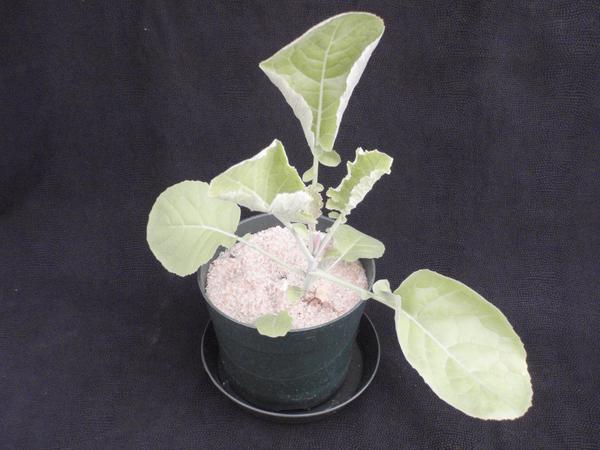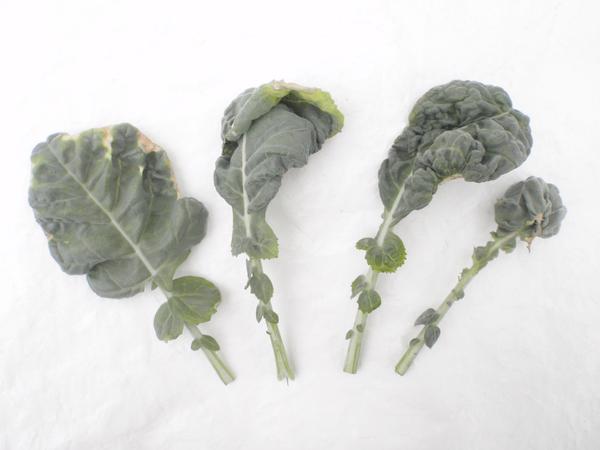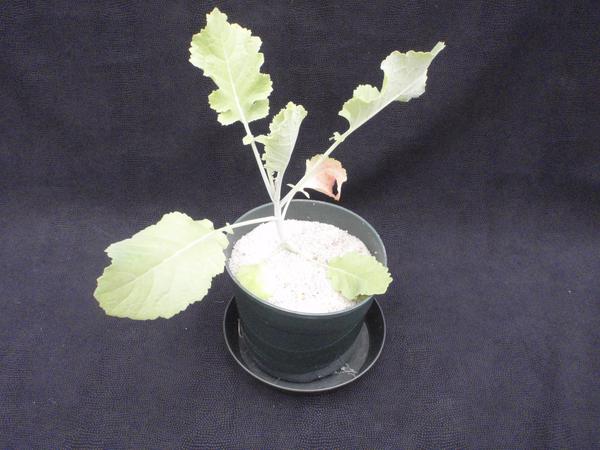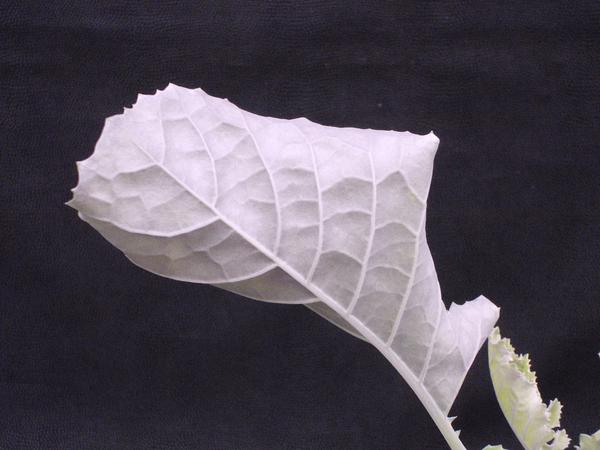From the Field - Agronomy Notes
In this Brassica carinata (Ethiopian mustard) research update, we highlight the symptoms of sulfur deficiency. These images are part of a project by the Southeast Partnership for Advanced Renewables from Carinata (SPARC) to develop a diagnostic series for the identification of nutrient disorders of Carinata. Carinata is an exciting new crop in the Southeast used for a wide variety of primary and secondary agricultural products including cover crops, feedstock, high protein meal, and jet fuel. It is similar in management to canola given both canola and carinata are winter annual Brassica oilseed crops. However, carinata oil is not edible.
Symptoms
Carinata, like many brassicas, require relatively large amounts of sulfur (S). As a result of their higher sulfur demand, carinata will manifest sulfur stress rapidly. Sulfur is a structural element of two essential amino acids, cysteine and methionine. Lack of these amino acids results in insufficient protein synthesis, resulting in chlorosis similar to that of nitrogen in many ways.
Sulfur (S) deficiency in carinata will first manifest as a slight yellowing or paling of the middle foliage and will rapidly spread over the entire plant (Figure 1). Both S and nitrogen deficiencies manifest as chlorosis of the foliage. The key distinguishing characteristic between the two in carinata is the location of the symptoms. Nitrogen deficiency will begin as a yellowing of the lower foliage, while S deficiency will manifest as an overall yellowing that may be slightly more apparent on the middle foliage (Figure 2A and Figure 2B).
Sulfur deficiency progression manifests as a folding of the foliage. It is important to note that sulfur, unlike calcium or potassium, deficiency does not curl the leaf margin but rather folds the leaf along the midrib giving the leaves a wilted, rather than distorted, look (Figure 3A, Figure 3B, and Figure 3C). The leaf margin will also fold, resulting in a wavy margin rather than a curled or distorted margin.
In advanced S deficiency, carinata will exhibit a red to purple coloration of the entire underside of the leaves (Figure 4A and Figure 4B). These leaves will eventually become completely necrotic and abscise. To ensure proper diagnosis the above material should be used in conjunction with a leaf tissue sample and / or soil test. To ensure proper diagnosis the above material should be used in conjunction with a leaf tissue sample and/or field test.
Key Contacts
Key Contact Central East:
Dr. Angela Post, NC State Univ. Department of Crop and Soil Sciences – angela_post@ncsu.edu
Dr. Carl Crozier, NC State Univ. Department of Crop and Soil Sciences – ccrozier@ncsu.edu
Key Contact South East:
Dr. Michael Mulvaney, UF/IFAS West Florida Research and Education Center – m.mulvaney@ufl.edu
Primary Authors: Paul Cockson, Dr. Carl Crozier, Dr. Ramon Leon, Dr. Michael Mulvaney, Dr. Angela Post, and Dr. Brian E. Whipker
Project Team: NC State Univ. personnel Paul Cockson (NC State B.S. student in Agroecology), Ingram McCall (Research Technician in Horticultural Science at NC State), Dr. Carl Crozier (Professor and Extension Specialist at NC State), Dr. Ramon Leon (Assistant Professor at NC State), Dr. Angela Post (Assistant Professor and Extension Specialist NC State), and Dr. Brian Whipker (Professor of Floriculture and Plant Nutrition in Horticultural Science at NC State). Univ. of Florida personnel Dr. Michael Mulvaney (Cropping Systems Specialist at UF/IFAS West Florida Research and Education Center.
Publication date: Jan. 1, 2021
N.C. Cooperative Extension prohibits discrimination and harassment regardless of age, color, disability, family and marital status, gender identity, national origin, political beliefs, race, religion, sex (including pregnancy), sexual orientation and veteran status.

